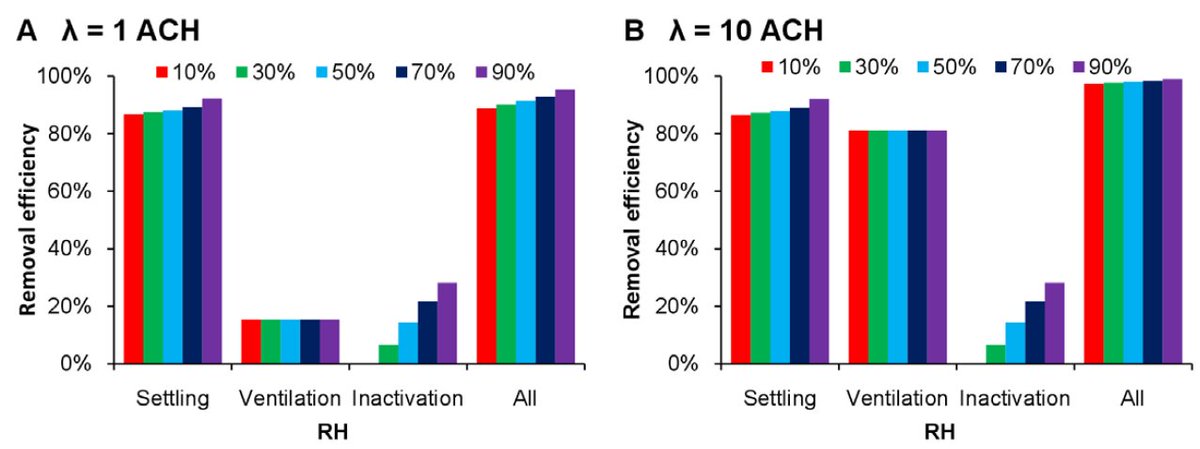
I have no doubt that infection can happen via eyes and that large droplets can land there, but aerosols are unlikely to deposit there. If I assume 1 cm jet directed at eye, it must be 6000 mph for a 1 μm particle, 300 mph for 5 μm, 73 mph for 10 μm. /1
https://twitter.com/EricTopol/status/1364369903545839619
Aerosol scientists know that it's pretty hard to collect small aerosols by impaction; need very high velocities and tight geometry. This was for Stokes number=1. Someone should check my calcs. /2
I still recommend eye protection for close contact situations to avoid large droplet spray. And stop rubbing your eyes! /3
Face shields also help divert aerosols in face-to-face conversations. /4
• • •
Missing some Tweet in this thread? You can try to
force a refresh











